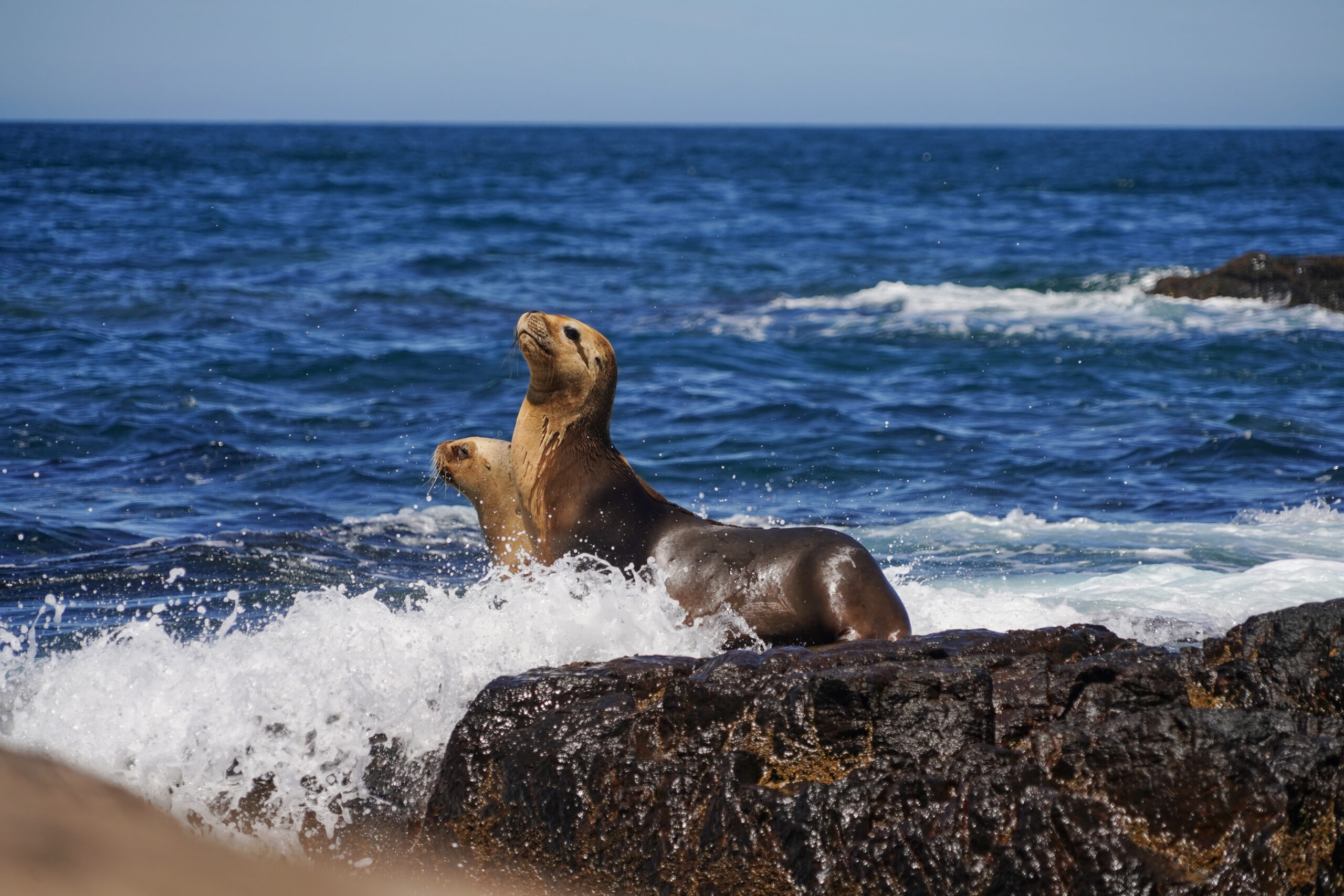A pause in the species extinction crisis: how the organization that conserves the biodiversity of key ecosystems in Argentina and the region works
Sofía Heinonen, biologist and director of Fundación Rewilding Argentina ('Rewilding Argentina Foundation'), presents her journey that led her to enhance the creation of protected territories


By Sofía Bouzón
In the midst of the climate crisis the world is facing, the discussion about the establishment of protected areas such as National Parks is growing. These areas are crucial for the development of life as we know it, due to the ecosystem goods and services they generate.
This premise motivated the work of Douglas and Kristine Tompkins, the couple who founded Tompkins Conservation, an organization focused on the conservation and restoration of the fauna and flora of each region. Since the 1990s, they began to develop strategies to implement a “nature production model” in the Global South. With this goal in mind, over time, they formed local teams that still work today to put their vision into practice.



Juncal del Unco in Patagonia Park, before and after its restoration
A legacy that spread across the country
The initial conservation project in Argentina was carried out in the Esteros del Iberá, in the province of Corrientes, located in the northwest of the country. The Gran Parque Iberá (“Grand Iberá Park’) covers an area of 1,300,000 hectares. There, the largest population of the threatened collared yetapá and the second largest population of marsh deer are located, as well as being a refuge for threatened species such as the aguará guazú, the pampas deer, grassland birds, caimans, and otters. Among the successes of the team that worked in the region, the reintroduction of anteaters, jaguars, or giant otters stands out, a measure designed to ensure biodiversity in the protected areas created.
“With the aim of extending the conservation legacy beyond the Proyecto Iberá (‘Iberá Project’), the Fundación Rewilding Argentina (‘Rewilding Argentina Foundation’) was created, with a team composed entirely of Argentines to continue the ecological restoration driven by the Tompkins in other eco-regions of the country,” shares Sofía Heinonen. In this context, the organization highlights that the professionals involved work in the territories where the projects are located, thus, they have a deep knowledge of the natural areas and their needs.
Regarding the importance of the foundation’s work in Argentina, Heinonen adds: “We have demonstrated that a nature production model is possible. We contribute to the creation of protected and restored territories, which ensure the health of the ecosystem. Its proper functioning generates well-being in neighboring communities and proposes a new scheme of regenerative economies.”
Currently, the Fundación Rewilding is working on various projects that extend across four eco-regions of Argentina: the humid Chaco in Iberá, the dry Chaco in El Impenetrable, the coastal area, and the Patagonian steppe.
“During 2024, we want to expand our work to the Argentine sea – the Exclusive Economic Zone – and collaborate with governments to fulfill the commitments made to protect 30% of the sea and all its biodiversity. We hope to have a high impact and continue with the projects in the eco-regions where we are working,” concludes the expert.
To learn more about the projects of the Fundación Rewilding Argentina, become a volunteer or make a donation, visit their website or social media (Instagram, LinkedIn, Facebook, Youtube, TikTok).




